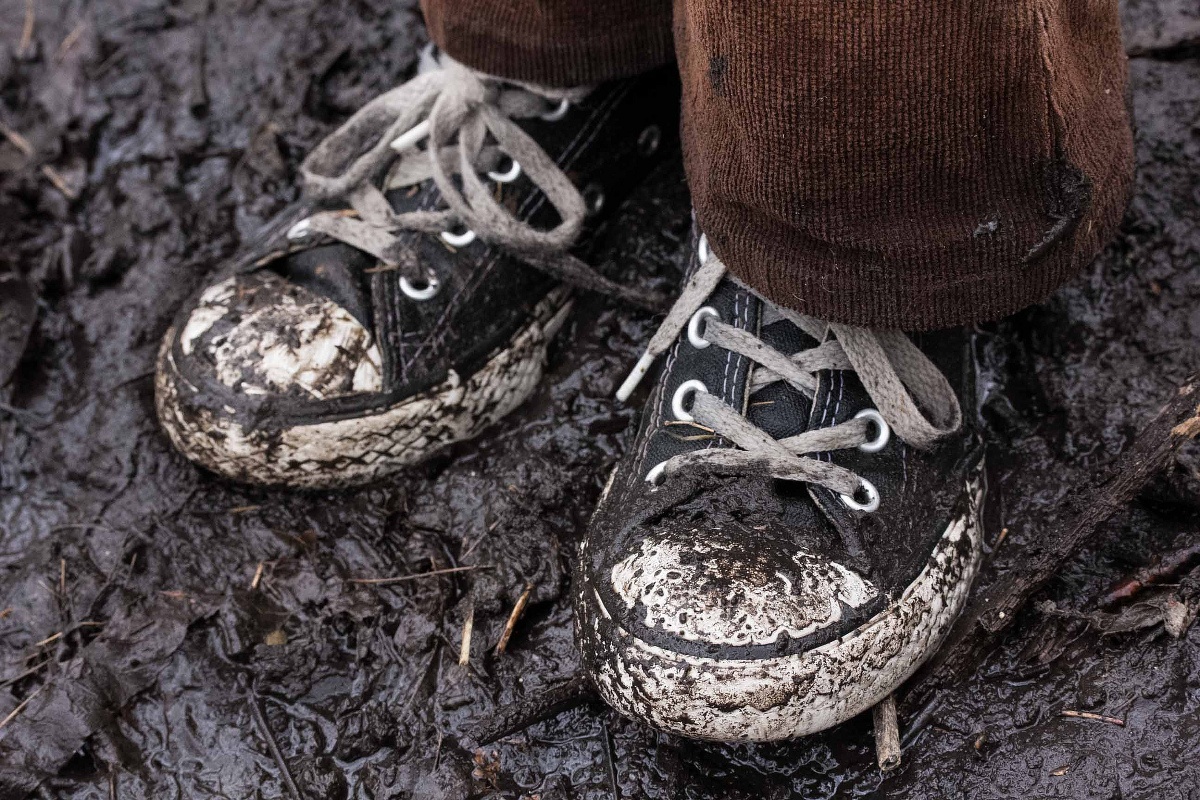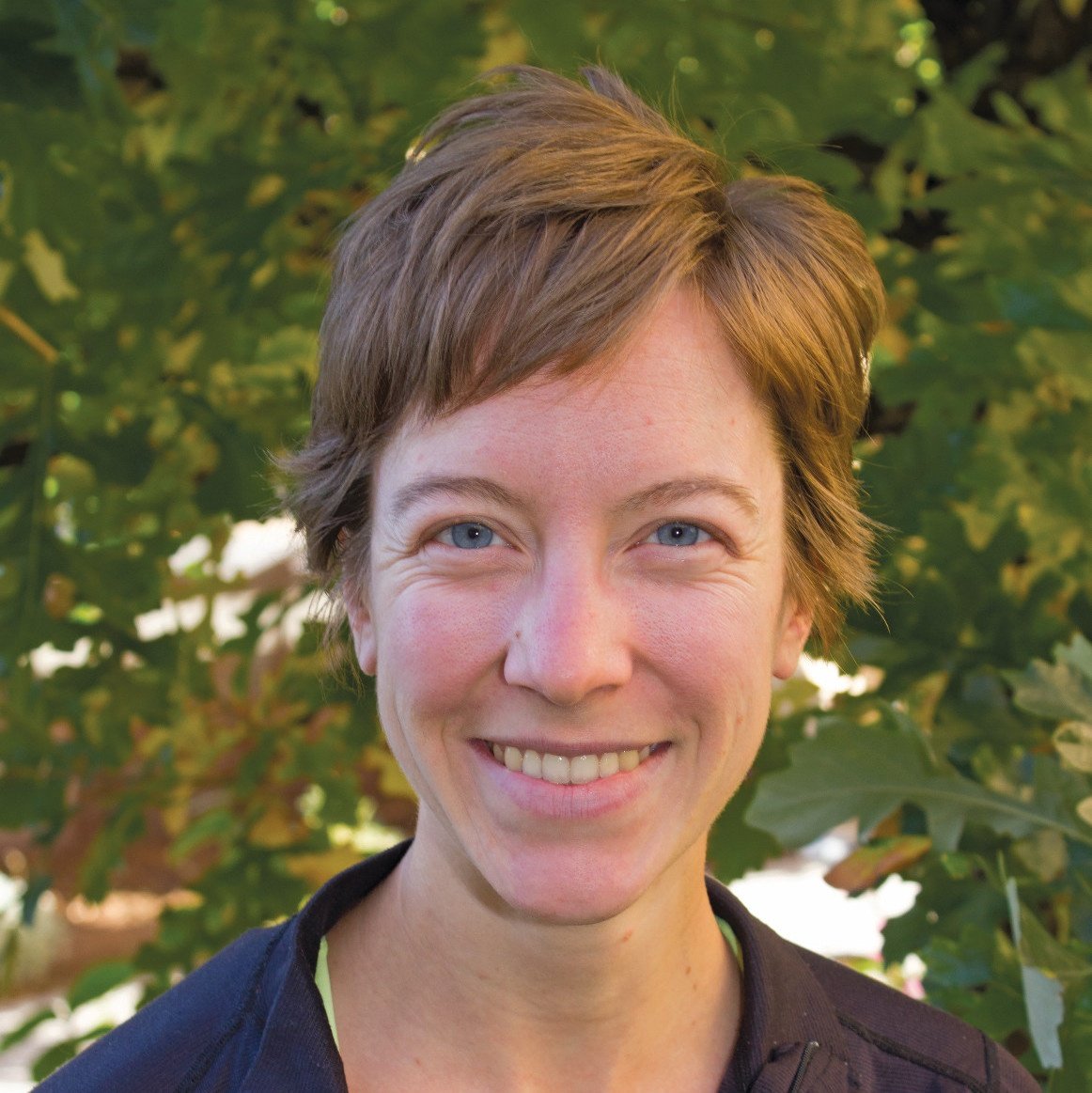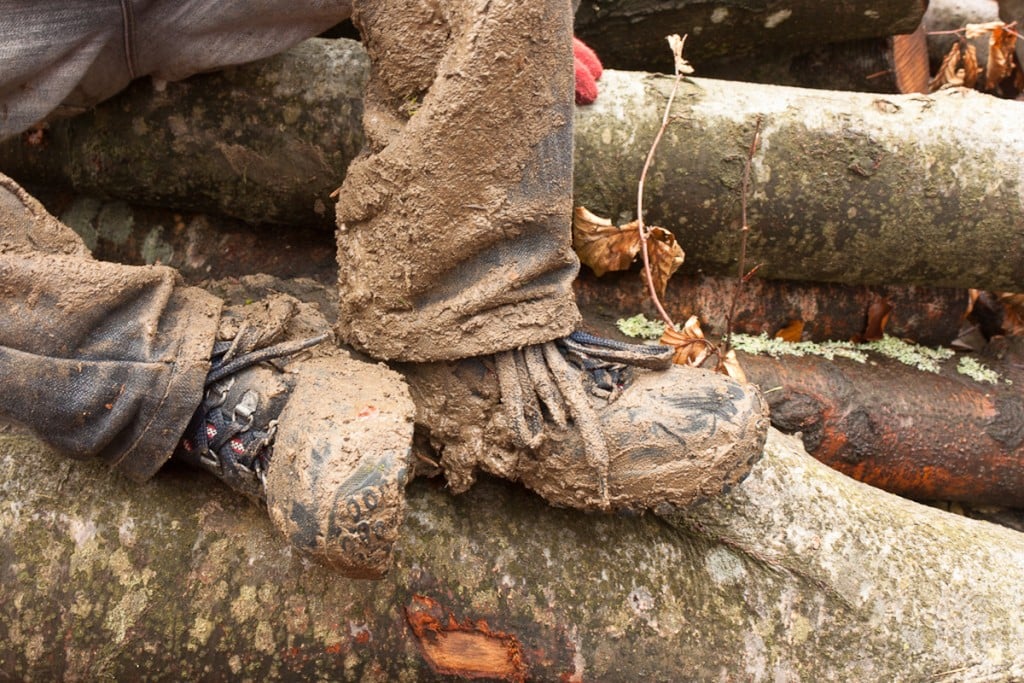
Maybe it’s something about disposing of orange peels, or letting your friend wash the dishes by the lake at the end of a long day. No matter what, you’ve probably heard of at least one of these popular Leave No Trace myths—and maybe even believe some of them yourself!
Myth: Toilet paper decomposes quickly, so I can just leave it under a rock.
In this article, Backpacker reports it can take toilet paper anywhere from one to three years to decompose. Not quite as quick as you might think. Besides, regardless of whether toilet paper decomposes quickly or not, leaving it around is just plain gross. No one wants to turn over a rock and find used toilet paper. So, just like for everything else—pack it in, pack it out.
Myth: Orange peels (or seed shells, banana peels, fruit pits, etc.) decompose and are natural, so I don't need to pack them out.

Actually, depending on the environment, it can take an orange peel up to six months to decompose. For a banana peel, it could take up to two years. The thing is, even though these things decompose more quickly than materials like plastic or glass, they still stick around for a while. And in a popular area that sees dozens of visitors per day, even a handful of people leaving behind food waste can add up to a big pile of decomposing garbage.
Myth: My pets are really well behaved, so I can let them run around wherever.

Even though you may have spent time training your dog and trust them to listen to you in any situation, you can’t always count on the behavior of other people’s pets. Or what yours might do if it encounters a creature it’s never seen before (you don't want to find out your dog has an inexplicable animosity for moose while on the trail). In plenty of places, such as national parks, leashes are required for pets. If you do choose to have your pet off leash, keep them close by when encountering other groups so your dog doesn't startle them.
Myth: I don’t need to pick up my dog’s poop—it's the same as other wildlife.
This myth surprised us—that dog poop is actually different than that of other animals. Here's what the Leave No Trace Center for Outdoor Ethics has to say about that: dog feces contains “harmful pathogens made up from the processed dog food, medications, and vitamins we feed our pets. These pathogens can make other dogs sick and add harmful additional nutrients like nitrogen and phosphorus to the environment.” Depending on where you are, many plants thrive in low-nitrogen soil, and the presence of a lot of dog poop could in fact affect the area's soil composition—and the ability of native plants to thrive.
Myth: Going off-trail isn't a big deal.

Sure, it’s no big deal if just one person goes off trail. Shortcuts are tempting, especially when you’re tired. Or if there's a stunning wildflower that you want to photograph. But trails are built to concentrate impact and manage erosion, among other purposes, and going off trail counteracts those goals. Plus, seeing your footprints or trampled grass for those who follow can send the signal that it’s okay to leave the trail and lead to even more people following your new path. So, be the leader we know you are, and stick to the trail, even if it’s muddy!
Myth: It’s ok to wash dishes in a lake or river if I use biodegradable soap.
Regardless of whether the soap is biodegradable or not, Leave No Trace recommends not using it in or near a water source. Soap can cause problems “from increased nitrogen to actually causing significant harm to aquatic inhabitants.” What you should do with your dirty dishes and hand washing is to wash them 200 feet away from water, then pour the water in a cathole (strain it for food chunks first!).
We hope you keep these myths in mind and that they'll help you spot (and bust!) Leave No Trace myths the next time you head outside!
Learn to travel in wild places with minimum impact on a NOLS Leave No Trace Master Educator course
Written By
Molly Herber
Molly is a NOLS instructor and writer. She loves the smell of her backpack and does her best writing before 7:00 am. When she's not scouting the next post for the NOLS Blog, she's running and climbing on rocks in Wyoming. Follow her on Instagram @mgherber



